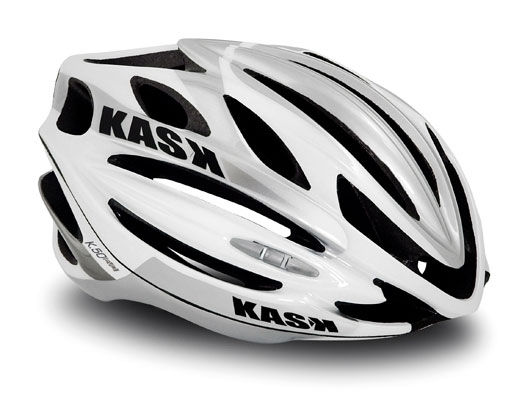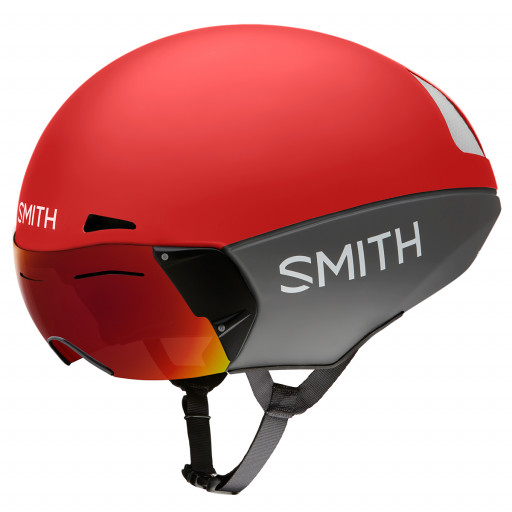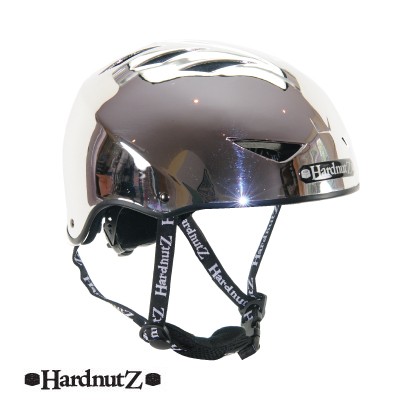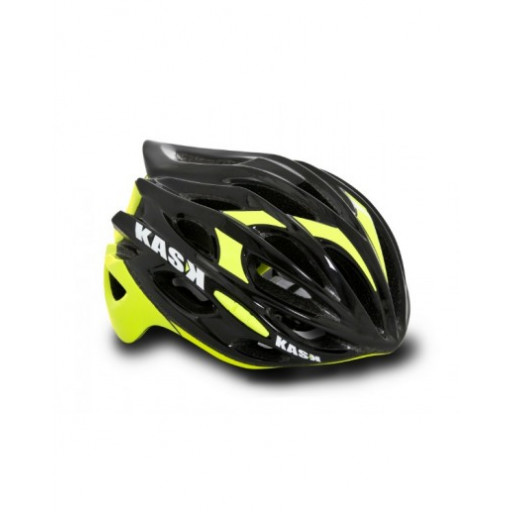Bicycle Helmets
Cycle Helmets
The most obvious and necessary piece of safety equipment is the helmet. Coming in many varying types and styles, helmet selection has never been so intuitive. BMXers and downhill mountain bikers will generally opt for the full-face helmet, which is designed to protect the jaw as well as the skull, and is often worn with goggles.
 Racing or Road Helmet
Racing or Road Helmet
As seen in the many races these helmets are lightweight, strong and comfortable, especially designed for the lower racing position. Probably the most common helmets being used by both serous racers as well as commuters and weekend routers. Support your favourite cycling team by wearing there colours on your helmet, or just keep in style.

Time Trail Helmet
Originating in the velodrome, the Time Trial helmet's sweeping profile has been to developed to smooth the air flow over the rider's body, causing as little aerodynamic disturbance as possible and reducing the drag coefficient to as close to zero as is realistically practicable. Top-end helmet manufacturers like Bell, Kask, Giro and MET have invested massive amounts of money and resources into the development of these market-leading products, which are aimed specifically at the serious time-trialer, and are priced accordingly.

Lid Helmets
More common when it comes to head protection is the archetypal 'skid-lid'. Available with peaks which add a little more protection from the sun and rain, or without peaks to reduce interference with peripheral vision, the technology of the road-rider's helmet has advanced significantly in recent years. Modern helmets are generally composed of Kevlar-aramid reinforced plastic or resin, often with a layer of expanded polystyrene. The holes and gaps between the joining structure of a helmet are designed to provide ventilation for the head, since cycling is a highly aerobic exercise that increases body temperature, while the structure itself is designed to spread the force of an impact evenly over the head in the event of an accident.

Although all helmets available comply with the same basic safety standards (there is an American based Snell B95 standard which a few UK available helmets pass and which is more stringent than the basic standard required for sale in the UK), there is a big variation in cost - so if they're all as safe as each other, what does your extra money get you? and is it worth spending extra?
Cycle helmets can get a bit warm, especially in summer. More expensive helmets generally have more air vents and better internal airflow to keep your head cool, BUT this can often reduce the amount of polystyrene meaning that the amount of energy the helmet can absorb *may* be reduced. comfort is a very important issue with helmets - if a helmet is uncomfortable, then you're less likely to wear it, and it is useless if you leave it at home! More expensive helmets may have fancier fitting systems, which make them more comfortable and easier to fit. some more expensive helmets have a crash replacement policy - they give you a replacement at a reduced price - so you are buying an insurance policy along with the helmet! Consider the fit as well; helmets created by the big name specialists in bicycle helmet production are generally in receipt of exhaustive research and design. The fit is often better and more accurate to real head shapes and as a result the comfort is higher.
Bear in mind that a helmet is also a fashion accessory - so you are also paying more for fancy colours and design flourishes...

